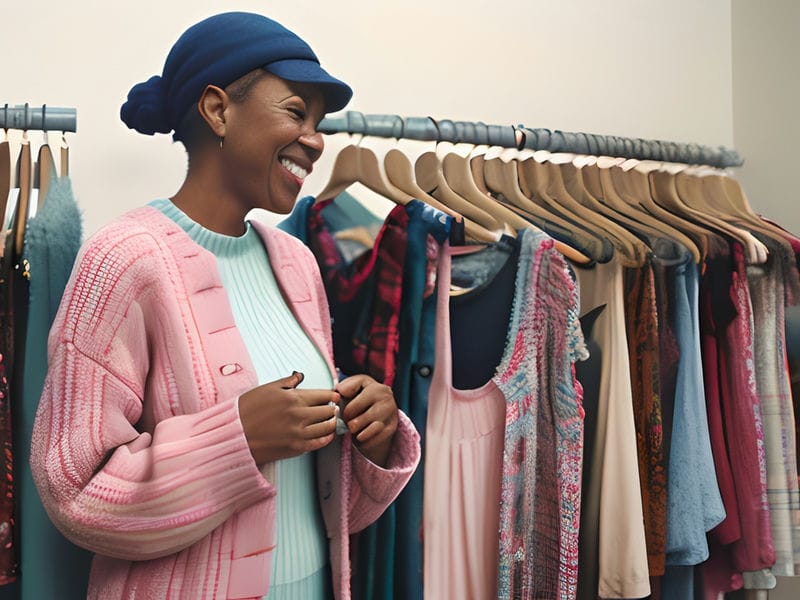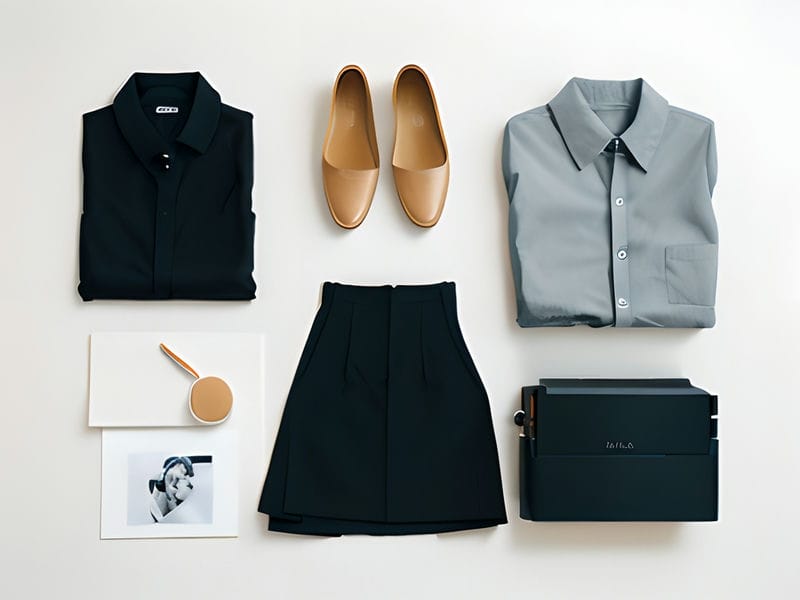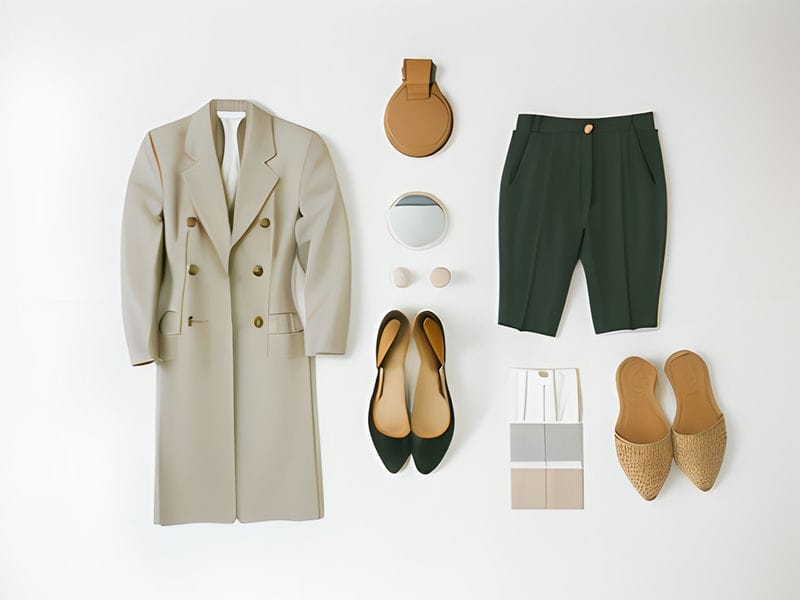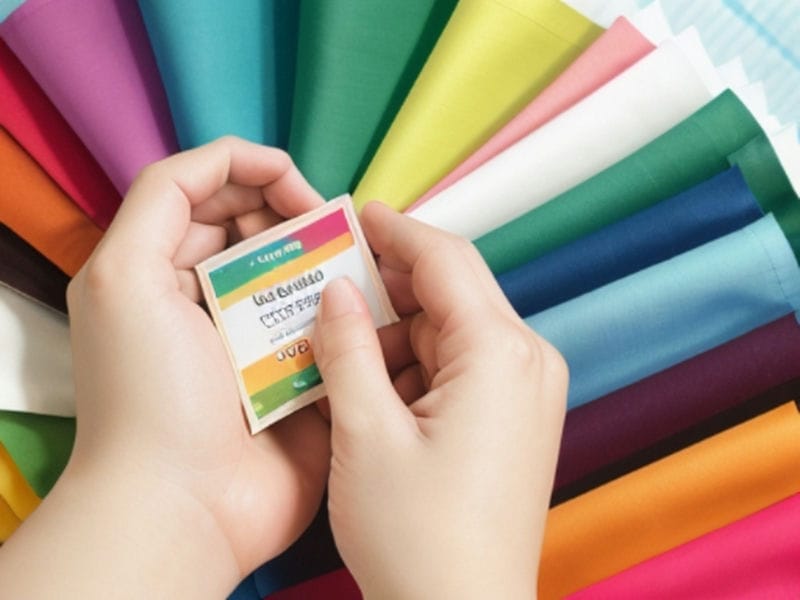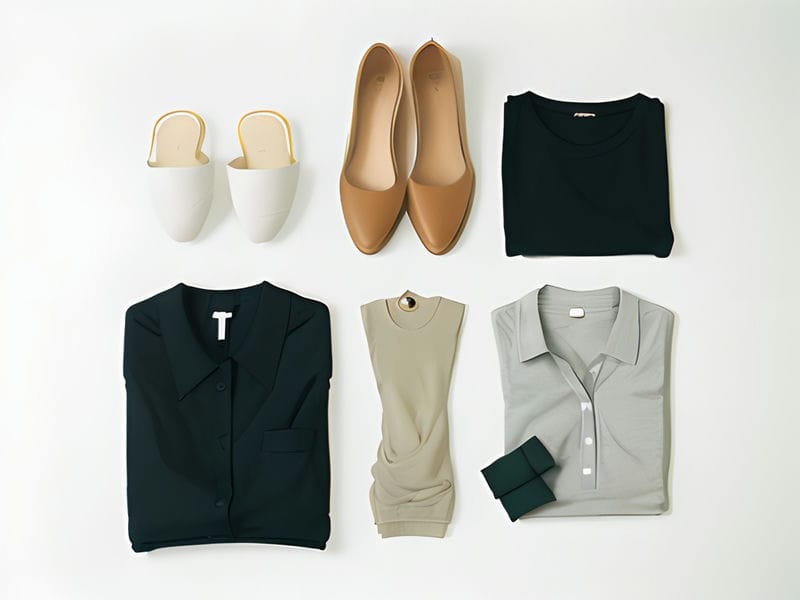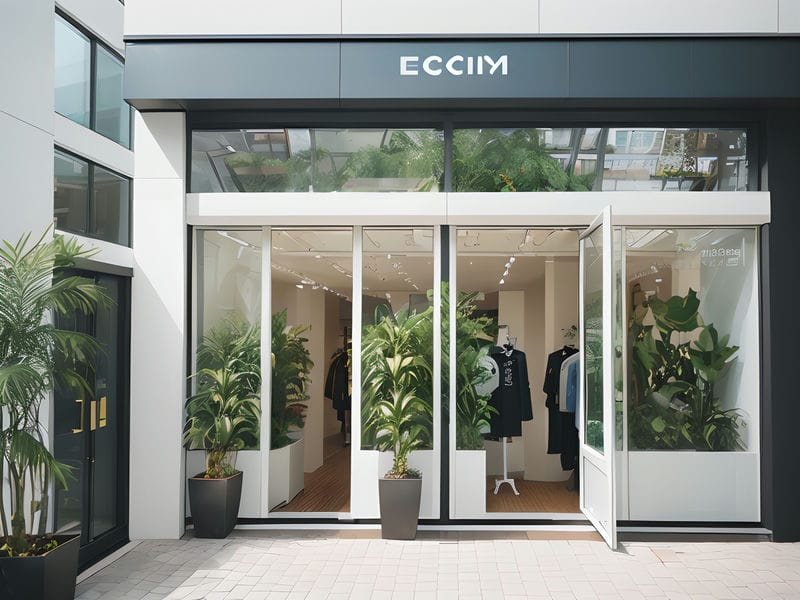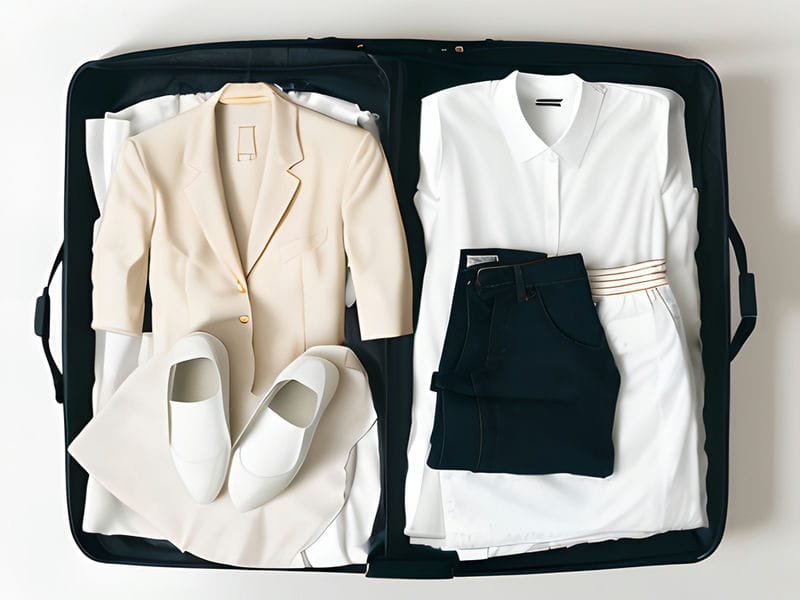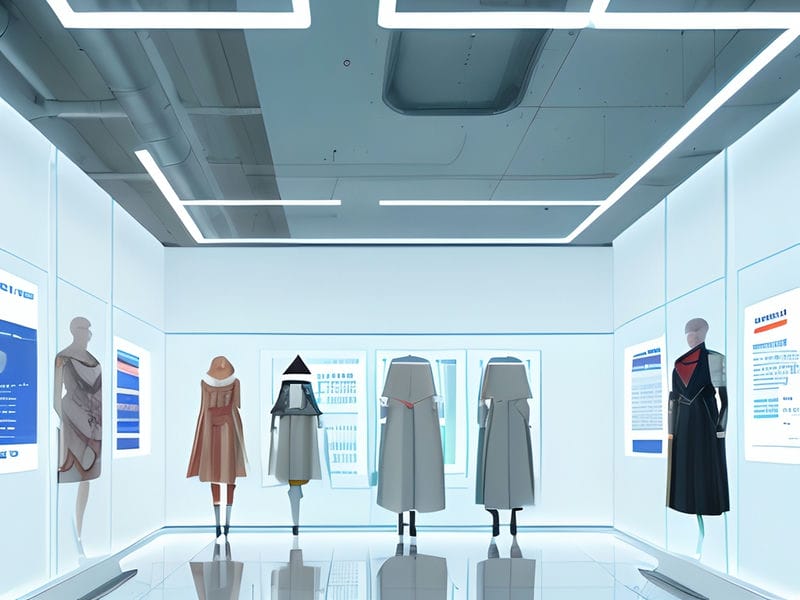
Collaborative Collections Leading the Way in Eco Fashion
The shift from traditional retail to online sales channels
Collaboration in creating sustainable and ethical fashion lines is a game-changer in the industry. When designers, manufacturers, and retailers come together to prioritize eco-friendly practices and fair labor standards, the result is not only beautiful clothing but also a positive impact on the planet and its people.
Collaborative Collections Leading the Way in Eco Fashion - Ellie Rib
- Cream
- Free international
- collections Introducing
Another advantage of collaborative collections in eco-fashion is the power of collective influence. When multiple brands align their values and commit to ethical practices, they send a strong message to consumers and the industry at large. This unified front can drive change towards more sustainable practices across the entire fashion ecosystem.
Furthermore, collaboration allows for greater diversity and creativity in design. By bringing together different perspectives and skill sets, collaborative collections can push boundaries and create truly unique pieces that resonate with consumers who are increasingly seeking out ethical alternatives.
In conclusion, collaborative collections are leading the way in eco-fashion by demonstrating that sustainability and style can go hand in hand. Repairing clothes extends their lifespan How Circular Economy Models Are Revolutionizing Fashion Secondhand Shopping. Bamboo fabric is soft and eco-friendly Ethical and Eco-Friendly Clothing Sustainable Laundry Practices. Through shared resources, collective influence, and creative synergy, these collaborations are driving positive change towards a more sustainable future for fashion.
